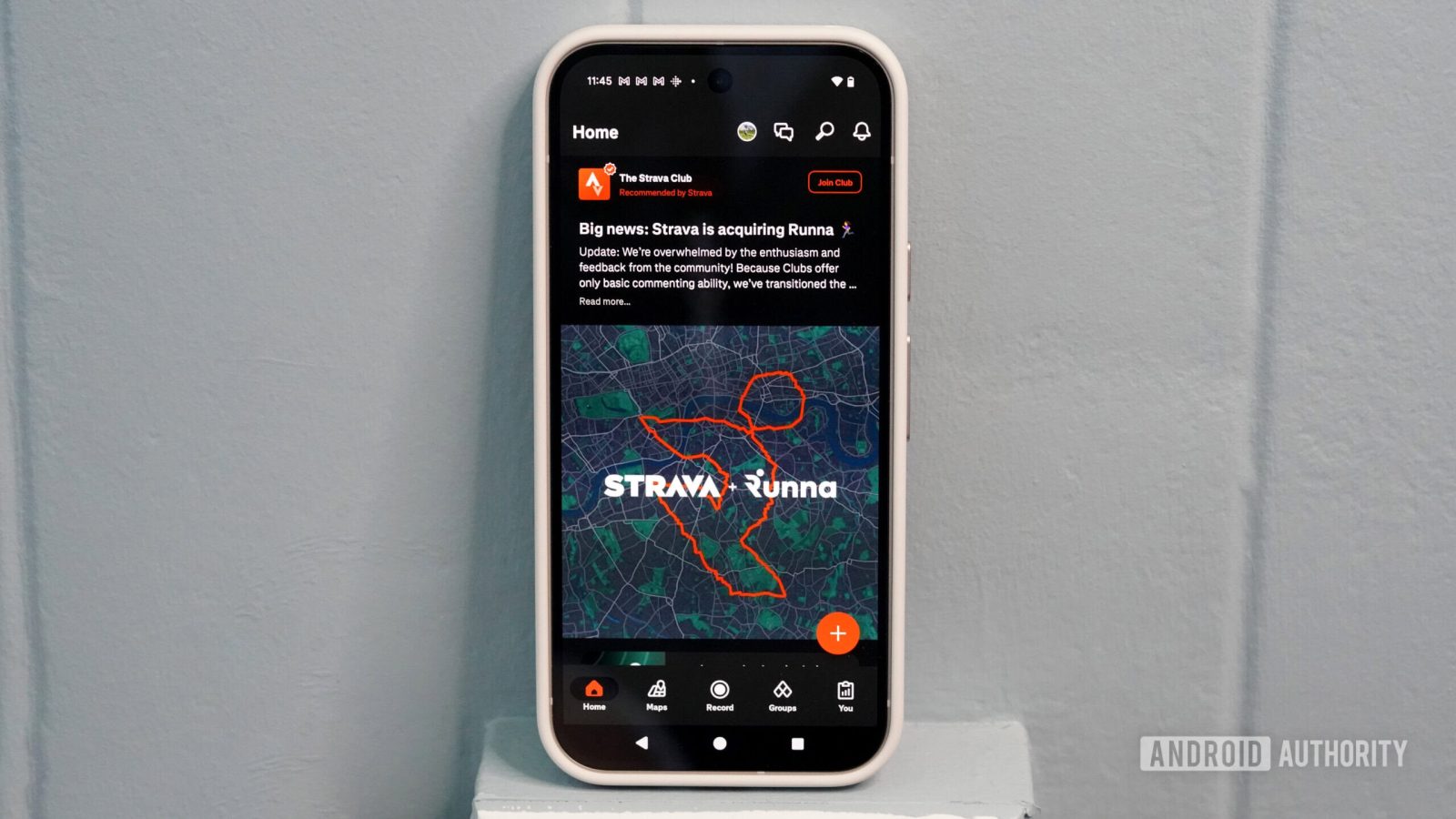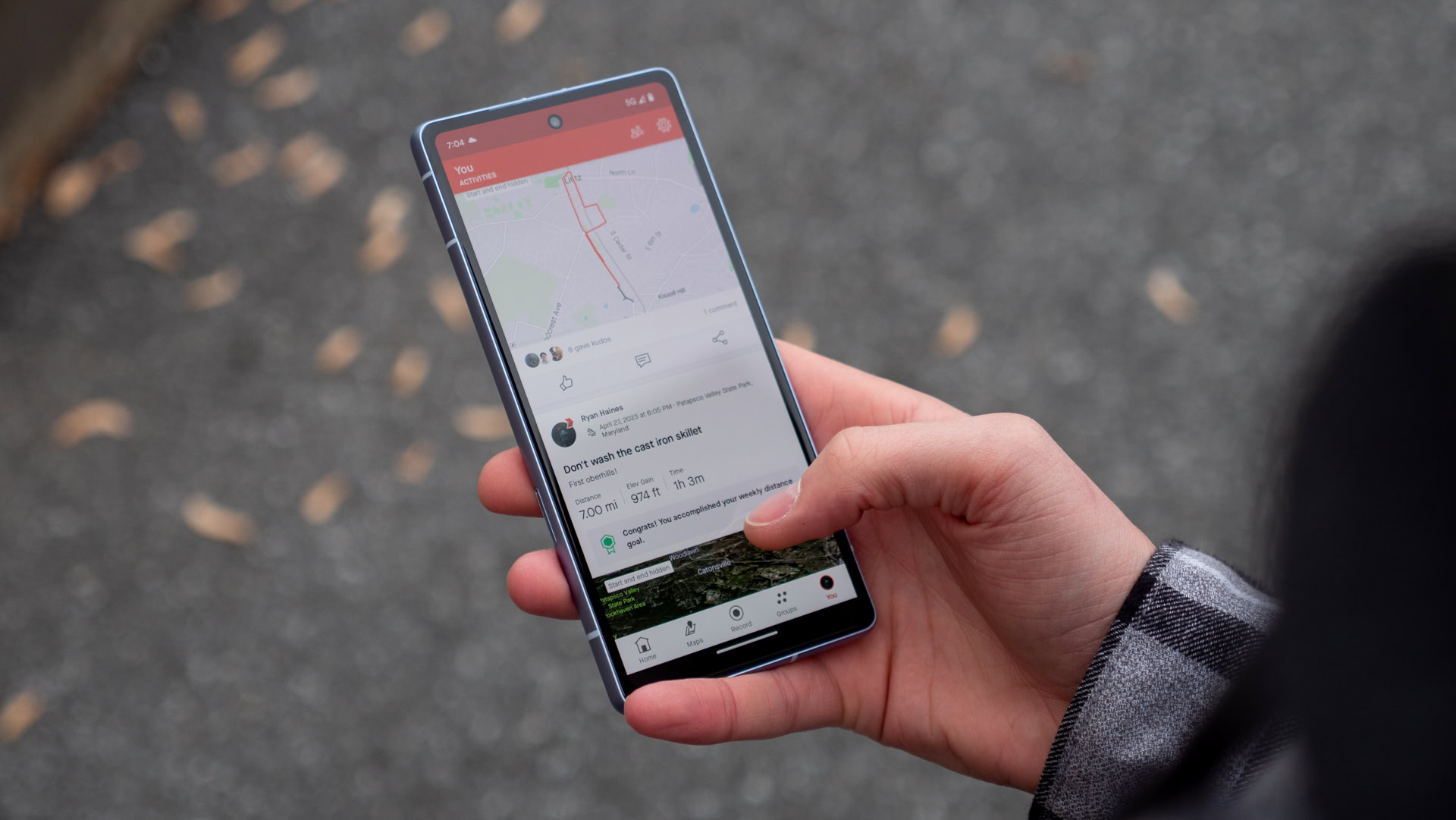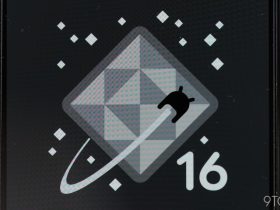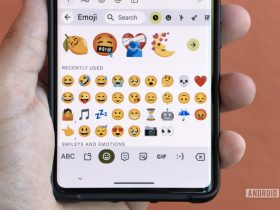
Contents

Kaitlyn Cimino / Android Authority
If there’s a training plan out there, I can almost promise I’ve tried it. I’ve run marathons with Coros and Stryd, I trained for my first half marathon with Nike Run Club, and now I’m exploring Garmin’s revamped training as part of Connect Plus. But, for all of my training plans and experimentation, I’ve never tried something as highly customizable as Runna. So, when I found out that Strava was buying Runna, it excited me for the future of my favorite social media platform — here’s why.
Wait, what exactly is Runna?

Kaitlyn Cimino / Android Authority
Alright, if you’re interested in fitness, there’s a good chance you’re already familiar with Strava. You probably understand the idea of dealing kudos to your friends after they run, and you’re no stranger to joining monthly challenges to earn discounts and digital badges. You might also be familiar with the platform’s training plans, which come as part of the Strava Subscription and can help you to prepare for distances from the 5K to the marathon. They’re powered by McMillan Running, and they offer a pretty good, if slightly cut-and-paste, way to get you into racing.
Runna, on the other hand, is all training, all the time. It also offers plans starting at the 5K distance, but you can reach as high as training for an ultramarathon (anything longer than the 26.2 miles of a standard marathon) if you so desire. On top of that, Runna’s plans are far more adaptive, taking your weekly workouts into account and automatically adjusting your paces and distances to keep you progressing towards your goal. You’ll also get recommendations for strength training and mobility work — things I’m guilty of underestimating as a dedicated distance runner.
Of course, I don’t want to discount the McMillan Running team’s work in bringing training plans to Strava. They’re great plans, and I’ll admit they felt like a step above what Nike Run Club’s free guidance offered. However, when you have the option of a tailored plan that could be anywhere from six weeks to 26 weeks long and cover up to a 50K race, it’s easy to see why Strava wanted to invest in Runna.
Oh, so it’s just going to become part of Strava?

Ryan Haines / Android Authority
With the news that Strava is buying Runna, surely that means Runna will just become part of the bigger platform, right? Strava has way more users than Runna, so it makes sense to fold the two groups together. Well, not exactly. According to Mike Martin, Strava’s CEO, the plan is to keep the apps separate for the foreseeable future while still investing in the Runna team and developing the app. And usually, I’d take that news at face value and probably be a little disappointed by it.
However, I can’t help but think that changes are on the horizon, one way or another. I have no doubt that executives at Strava saw the flexibility and customization of Runna and wanted to bring it into the fold quickly. The platform has previously made a similar move in acquiring FATMAP for its mapping technology in 2023, before integrating it into the main Strava map. Likewise, I expect Strava to be fully aware that training plans that adapt to their users are more useful than fixed routines that feel like fitness on rails — sorry, McMillan Running crew.
No matter what Strava says, we’ve seen it buy and integrate other platforms before.
On top of that, letting Strava and Runna exist separately doesn’t make much sense to me financially, either. Right now, a Strava Subscription costs a cool $79 per year for access to deeper workout insights and training plans — a price that has climbed steadily in recent years. If you want to add Runna to the mix, you’re looking at an additional $119 per year for access to its training plans and private sharing platform, bringing your total to $198 per year for the two services.
That’s a healthy chunk of change when there’s quite a bit of overlap between the two — I think I’d be happy enough with the free version of Strava that still lets me track the miles on my shoes and deal kudos if I’m always going to trust Runna’s training recommendations instead. After all, I just let my Strava Subscription lapse to give Connect Plus a try, what’s stopping me from making Runna my one and only?
Would you pay more for a Strava Subscription if it included Runna?
1 votes
If Strava and Runna combine just right, I’ll happily pay more

Ryan Haines / Android Authority
So, if Strava has the user base and Runna has the powerful training plans, why wouldn’t they merge the two? I know, I know, the executives said that the platforms will continue separately for the time being — I get that. However, I’m not sure I believe it. In fact, I don’t believe it because I think it will force too many users to make a choice.
When you consider what that choice entails, it’s hard to see Strava coming out on top as my only paid fitness service. Right now, the free version of Strava is simply too good for my needs. It still lets me follow my friends, track my shoes, and join challenges, and I can get all of the in-depth data I want from the enhanced training dashboard in Garmin’s Connect Plus. Besides, I’m in the middle of Garmin’s new adaptive marathon plan in Connect Plus, and I’m not the type to bail on a plan before I see it through.
Strava won’t get me to pay for two services, but I just might be okay with a price bump for better training tools.
Runna, on the other hand, forces you into a paid plan much, much faster than Strava. You can start any training plan for free with a seven-day trial — just enough to give you a taste. After that, you’ll have to start paying $20 per month or $119 per year, as discussed above. If you’re serious about training for whatever race you picked, I have a feeling that you’ll end up paying, but I don’t think you’ll pay for both.
At the end of the day, if many runners are like me, it will force Strava to make a choice — it can either live with money from one of its two subscriptions or find a middle ground between the two. It can either keep Runna and Strava completely separate or integrate the training aspects from one into the social aspects of the other. And, as someone who would like to try another brand-new training plan, I wouldn’t mind paying just a little bit more for the tangible benefit of a running plan that adapts to my ability.
What’s your reaction?
Love0
Sad0
Happy0
Sleepy0
Angry0
Dead0
Wink0











Leave a Reply
View Comments